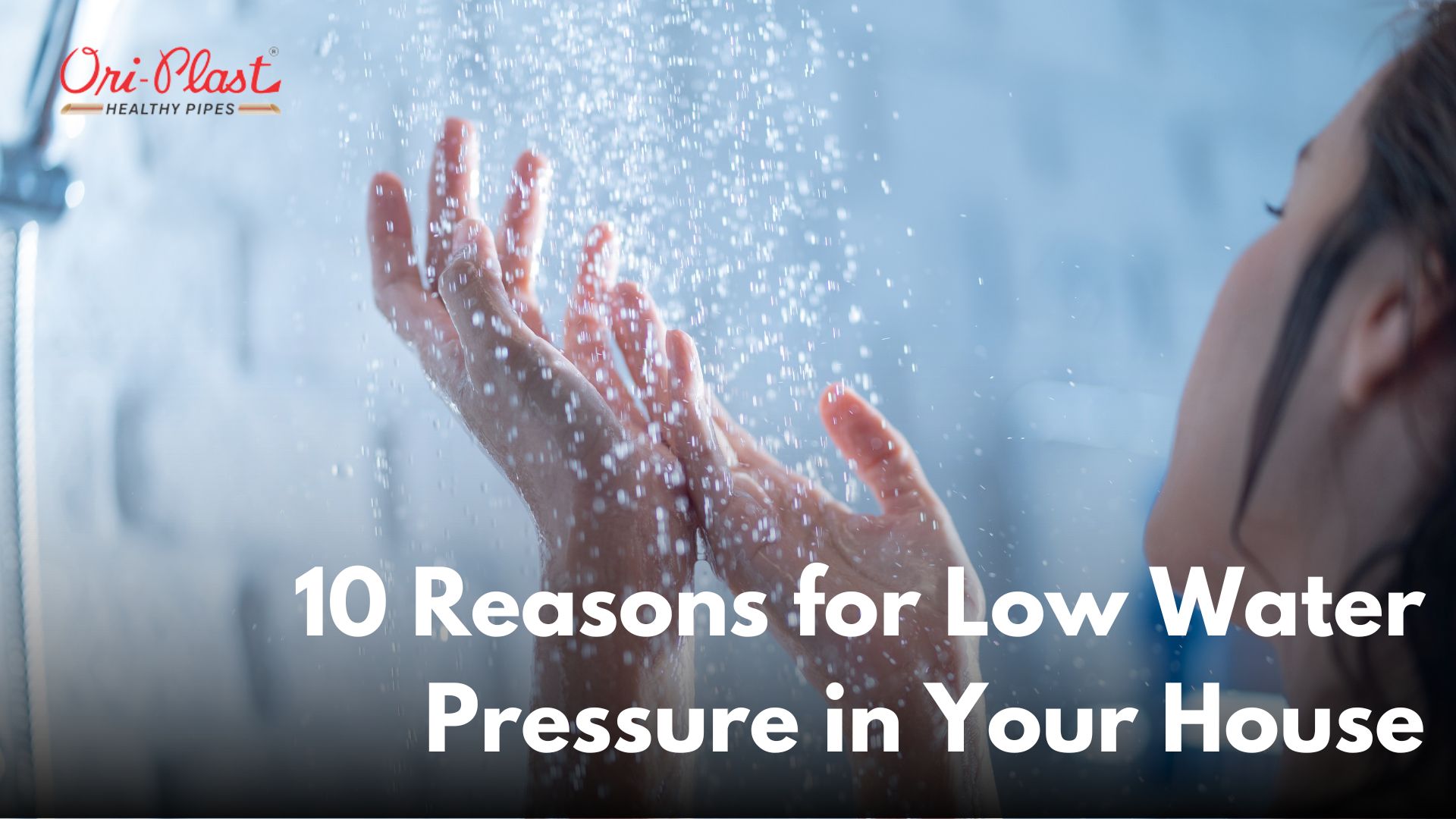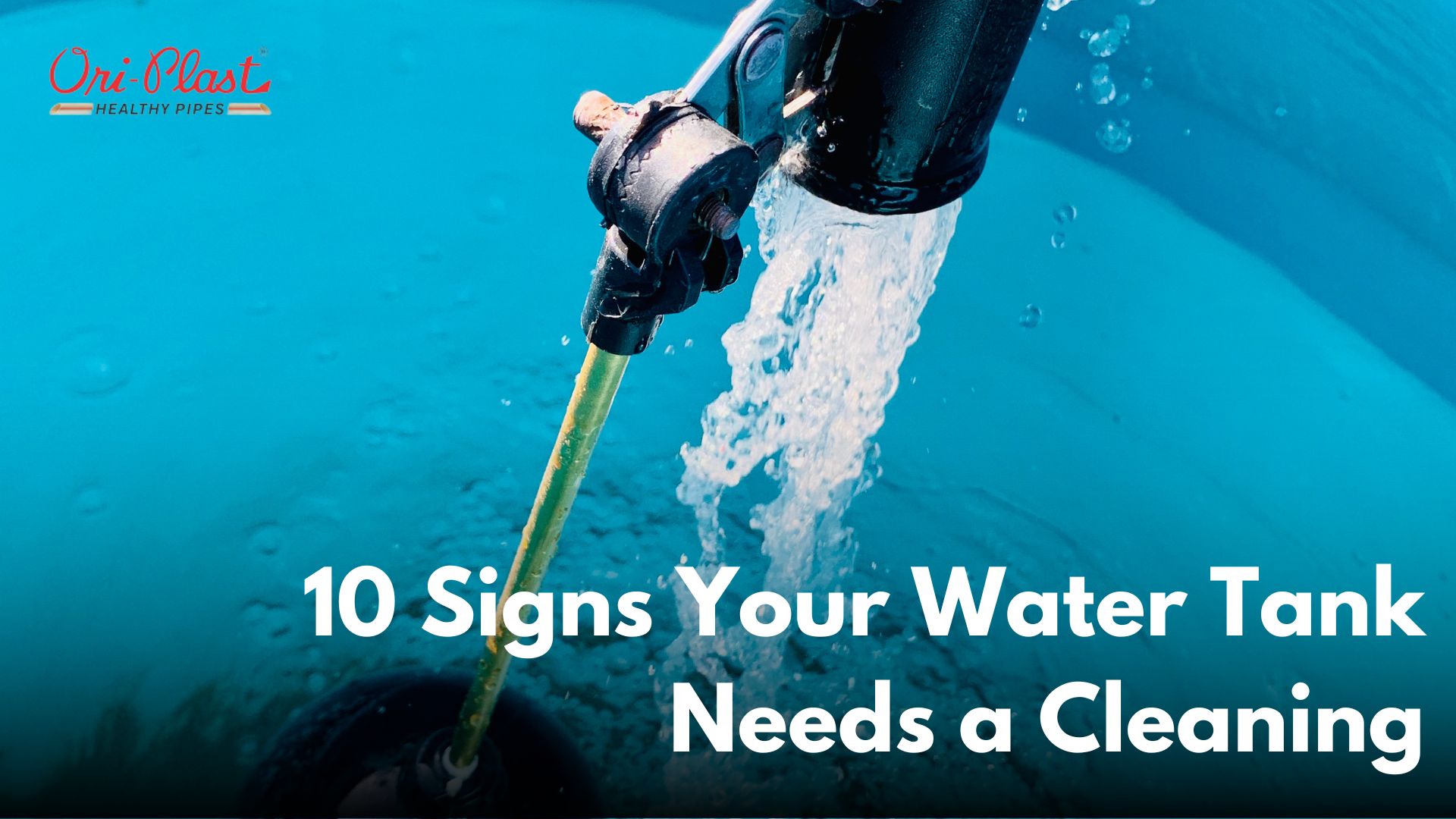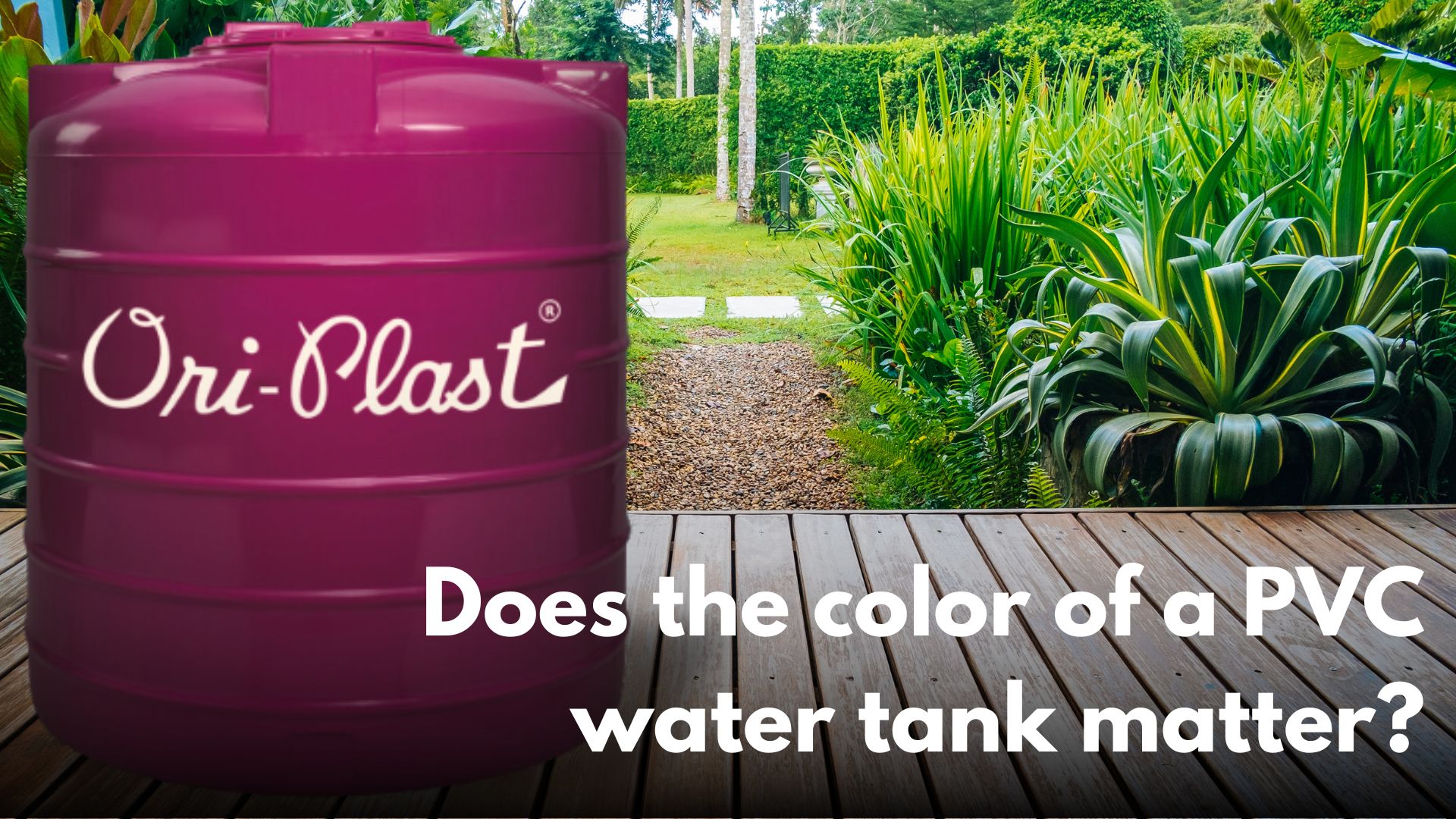How to Store PVC Pipes Properly
Want to Store PVC Pipes to increase its ? Proper storage of PVC pipes is essential for ensuring their longevity and maintaining their optimal performance. Whether you're a homeowner, contractor, or DIY enthusiast, understanding the best practices for storing PVC pipes can save you time, money, and potential headaches down the road. In this article, we will discuss effective strategies and essential tips to help you store PVC pipes correctly, protecting them from damage and ensuring their quality remains intact.
How should PVC pipes be stored?
Choose the Right Storage Location:
Selecting the appropriate storage location is the first step toward ensuring the longevity of your PVC pipes. Consider the following factors when choosing a storage area:
a. Indoors: Whenever possible, store PVC pipes indoors to protect them from exposure to direct sunlight, extreme temperatures, and harsh weather conditions.
b. Well-ventilated area: Adequate ventilation helps prevent moisture build-up, which can lead to mold and mildew growth, weakening the pipes' structural integrity.
c. Dry and clean space: Ensure the storage area is free from water leaks, excess humidity, or any substances that may cause chemical reactions to the PVC material.
Organize and Stack Properly:
To optimize space and prevent unnecessary stress on the pipes, follow these organization and stacking guidelines: a. Group pipes by size and type: Arrange the pipes according to their dimensions and purpose, making it easier to locate specific sizes when needed. b. Keep pipes horizontal: Whenever possible, store PVC pipes horizontally, as vertical storage can lead to warping and deformation due to the weight of the pipes themselves. c. Use racks or supports: Utilize racks or supports to stack the pipes and maintain stability. Avoid overloading stacks to prevent damage from toppling or excessive pressure.
Protect from Physical Damage:
PVC pipes are vulnerable to scratches, dents, and other physical damages that can compromise their structural integrity. Implement these measures to safeguard them: a. Cover the ends: Use appropriate caps or plugs to cover both ends of the PVC pipes. This prevents debris, dust, and moisture from entering and potentially causing damage. b. Avoid stacking heavy objects on top: Do not place heavy items on the stacked PVC pipes, as excessive weight can lead to bending, cracking, or misshaping. c. Install protective barriers: If storing pipes in close proximity to other materials, ensure there is sufficient separation and install protective barriers to prevent any direct contact that could result in scratches or abrasions.
Temperature and Humidity Considerations:
Extreme temperatures and high humidity levels can negatively affect PVC pipes. Take these steps to mitigate potential damage:
a. Maintain stable temperatures: Avoid exposing PVC pipes to extreme heat or cold, as it can lead to expansion or contraction, affecting their dimensions and structural integrity.
b. Climate-controlled storage: Whenever possible, store PVC pipes in climate-controlled environments, especially in regions with significant temperature fluctuations or high humidity.
c. Adequate ventilation: Proper airflow reduces humidity levels, preventing moisture build-up that can cause mold, degradation, or weakening of the PVC material.
Regular Inspection and Maintenance:
Periodically inspect stored PVC pipes to identify any signs of damage, mold growth, or deterioration. Follow these practices to ensure their long-term functionality: a. Check for leaks or cracks: Examine the pipes for any visible leaks, cracks, or other signs of damage. Replace or repair damaged pipes promptly. b. Clean pipes before use: Remove any dirt, debris, or substances that may have accumulated on the surface of the pipes during storage before utilizing them for any projects. c. Rotate stock: If storing PVC pipes for an extended period, rotate the stock to avoid prolonged pressure on specific areas and to ensure the
How long can PVC pipe be stored outside?
The storage duration of PVC (polyvinyl chloride) pipes outside can vary depending on various factors. PVC pipes are designed to be durable and resistant to weather conditions, but prolonged exposure to sunlight and extreme temperatures can have adverse effects. Generally, if PVC pipes are stored properly, away from direct sunlight and extreme temperature fluctuations, they can be stored outside for an extended period, ranging from several months to a few years. However, it is always recommended to consult the manufacturer's guidelines for specific information regarding the storage duration of PVC pipes in outdoor settings, as different brands and types of PVC pipes may have varying tolerance levels.
What is the average shelf life of PVC pipe?
PVC (polyvinyl chloride) pipes, when stored in appropriate conditions, can have a shelf life of several years. The shelf life refers to the period during which the pipes can be stored without compromising their quality or performance. PVC pipes are known for their durability and resistance to corrosion, but prolonged exposure to sunlight, extreme temperatures, or certain chemicals can degrade their structural integrity over time. It is important to store PVC pipes in a cool, dry, and well-ventilated area, away from direct sunlight and any potential sources of chemical exposure. Additionally, following the manufacturer's guidelines and recommendations for storage and handling can help maximize the shelf life of PVC pipes.
Does sunlight damage PVC?
Yes, prolonged exposure to sunlight can damage PVC (polyvinyl chloride) material. PVC pipes are susceptible to the harmful effects of ultraviolet (UV) radiation present in sunlight. Over time, UV rays can cause the PVC material to become brittle, discolor, and degrade, compromising its structural integrity. This can result in cracking, warping, or even failure of the PVC pipes. To protect PVC pipes from sunlight damage, it is recommended to either cover them with a UV-resistant material or store them in a shaded area. Alternatively, using PVC pipes that are specifically designed to withstand UV exposure, such as those labeled as UV-resistant or treated with additives, can help mitigate the negative effects of sunlight.
Conclusion
Proper storage of PVC pipes is crucial for preserving their quality and functionality. By following the guidelines outlined in this article, you can significantly extend the lifespan of your PVC pipes and avoid costly replacements or repairs. Remember to choose a suitable storage location, organize and stack the pipes correctly, protect them from physical damage, consider temperature and humidity factors, and conduct regular inspections and maintenance. By implementing these practices, you can ensure that your PVC pipes remain in excellent condition, ready to serve their intended purpose whenever you need them. So, prioritize proper storage techniques and enjoy the benefits of durable, reliable PVC piping for years to come.
For More PVC Pipe related content visit Oriplast, leading PVC pipe manufacturers in India.
Read More related articles... 



